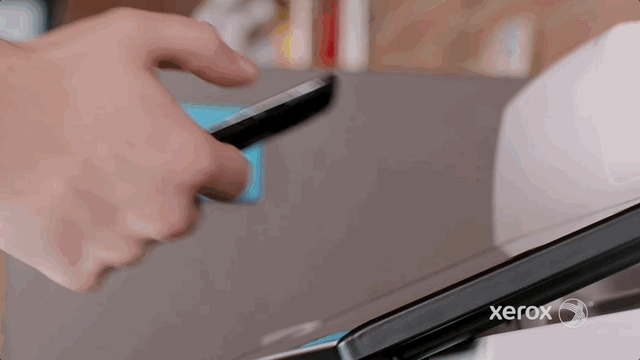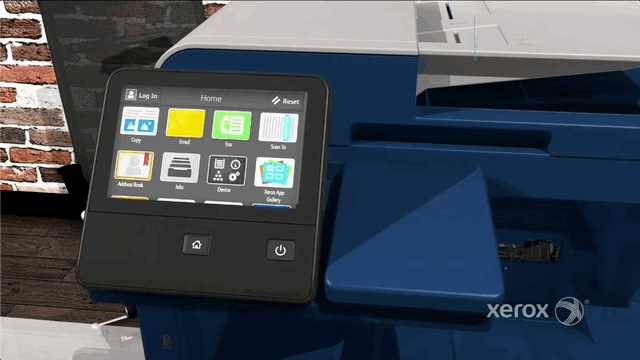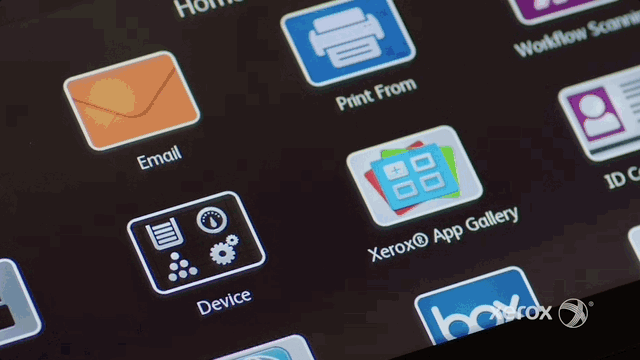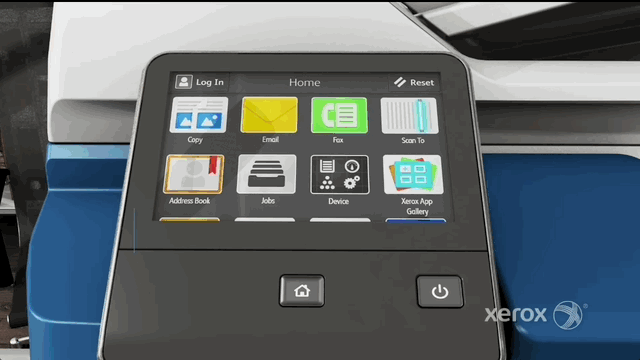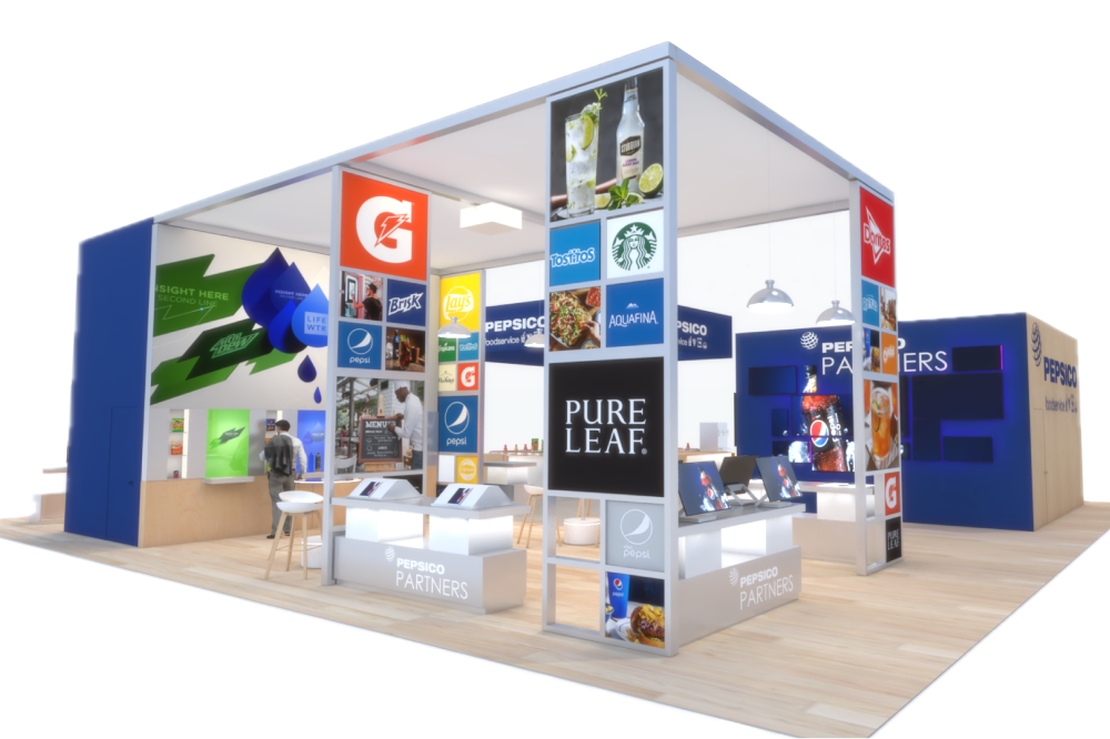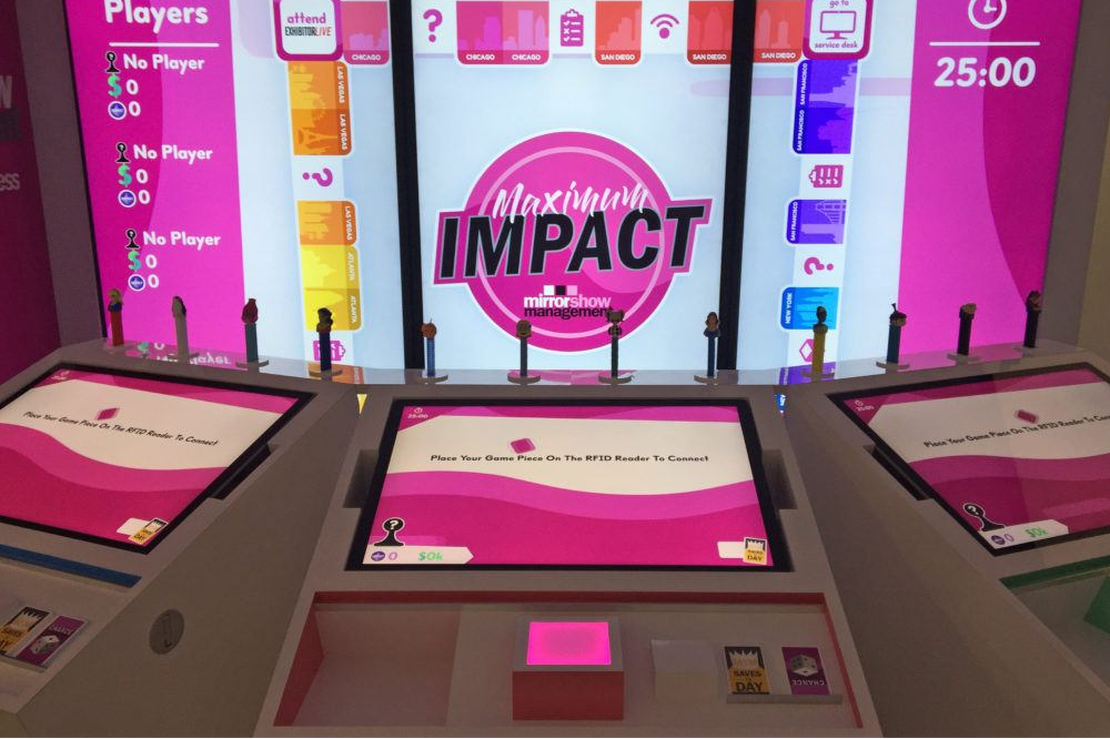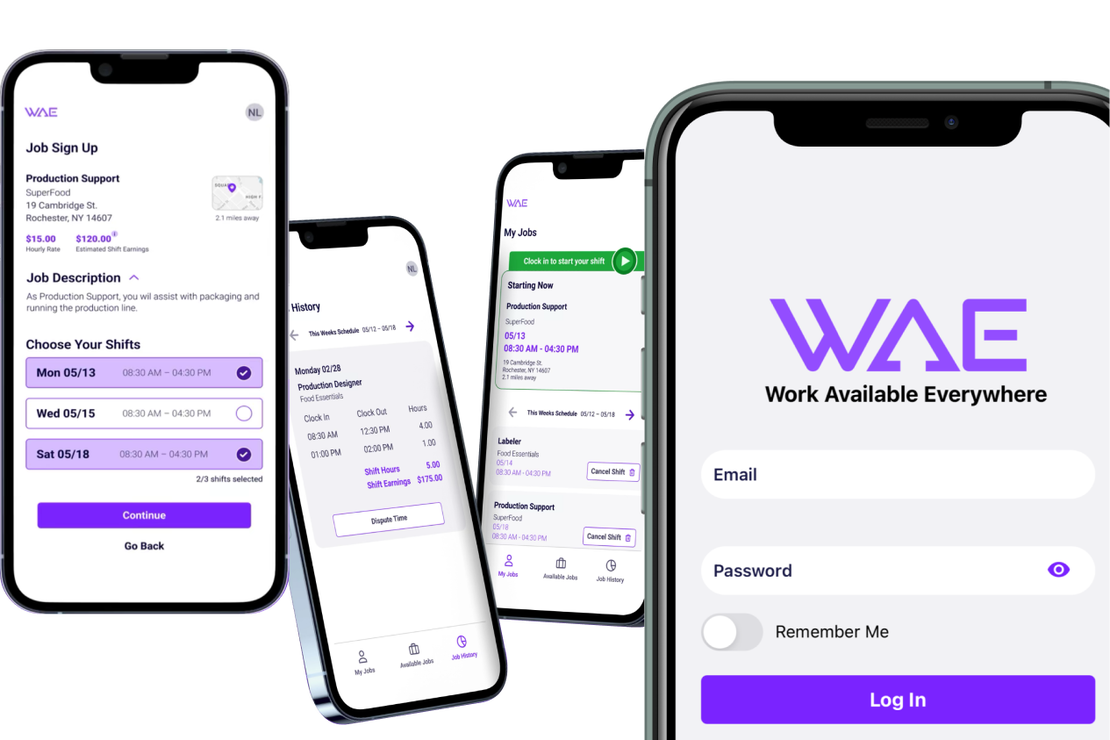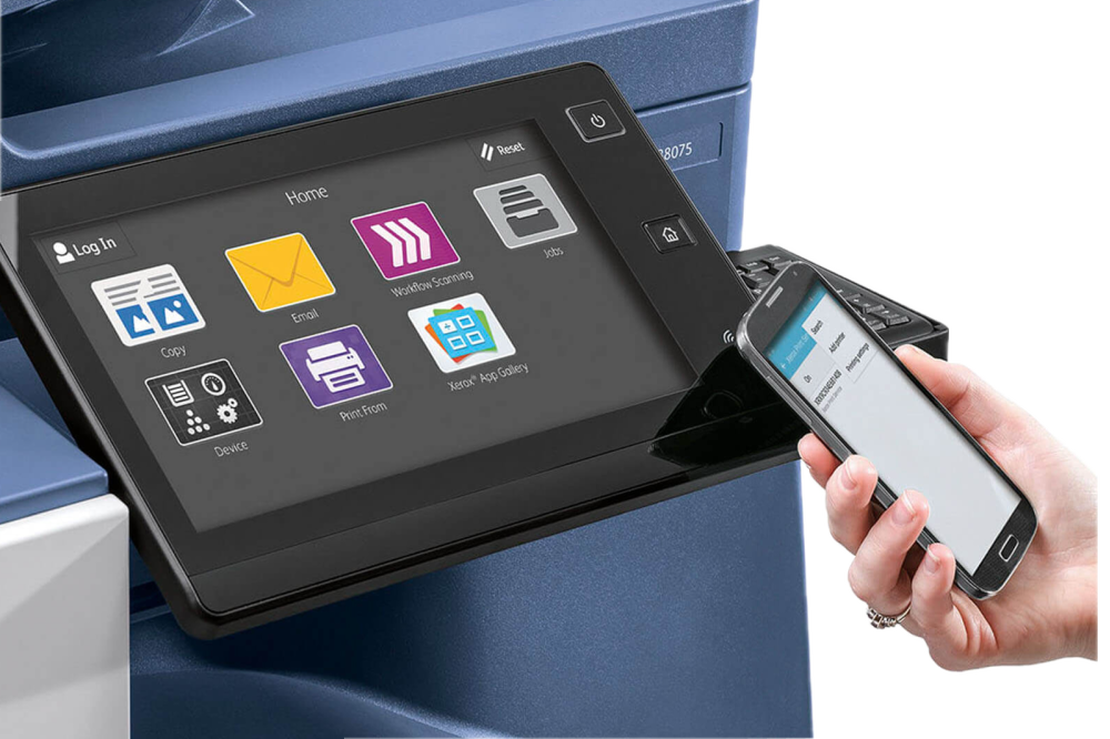
Xerox: Multi-interface UX
Overview
I was brought into Xerox’s Experience Design Group to lead the UX/UI design for their next-generation of devices, with the mission of transforming the legacy multifunction printer (MFP) interface into an intuitive, mobile-like experience.
It became immediately clear, that this vision was limited by a broken internal system: a waterfall development process crippled by slow validation cycles, massive rework costs, and an increasingly strained relationship between our US-based stakeholders and offshore developers. To deliver an innovative product, I had to address the underlying dysfunction in the process. I developed, advocated for, and implemented a more modern DesignOps framework that solved these underlying business and delivery challenges. This new system cleared the path to not only launch the product but to establish it as an industry benchmark for usability, winning multiple awards and proving that a great process is what creates a great product.
Vision Versus Reality
The mission was to deliver a world-class, gesture-based UI that mirrored the usability of a mobile device. This required rapid iteration, user-centric feedback, and tight collaboration.
However, the existing operational reality made this impossible. The vision was blocked by three critical failures:
- Massive Rework Costs: Ambiguous handoffs and language barriers with the offshore development team led to constant issues with interpretation. At least one week out of every month was lost to preventable rework, directly threatening project timelines and straining key stakeholder relationships.
- Glacial Speed-to-Market: The existing “waterfall” validation process treated user testing as a final, monolithic step that took months to complete. This prevented quick feedback on core concepts and baked immense risk into every unvalidated design decision.
- Cultural Inertia: A deep-seated “this is how we’ve always done it” mentality created considerable institutional resistance to the more modern workflows and best practices we would need to build innovative, modern user experience.
To achieve our product vision, we had to first tear down the broken legacy system that was holding it hostage.
Solution: An Ops-First System
My solution was not just a set of wireframes; it was a new operational model designed specifically to overcome these obstacles. It was built on two pillars:
1. Design Documentation as the Source of Truth
I advocated a new standard for UI/UX documentation that served as an unambiguous contract between design, product, and engineering. It was a comprehensive system detailing every interaction, state, and workflow for our mobile-like UI.
- Function: It eliminated the guesswork and communication gaps with the offshore team, which was the root cause of rework.
- Result: This system became the anchor for all decisions, forcing clarity and alignment around the product vision.
2. Building Faster, Testing More
I demonstrated how to overhaul the slow, monolithic user acceptance testing workflows with a system of rapid, targeted validation. The legacy method involved fully building UI components with the already-strained development team, then scripting extensive, multi-month research studies that measured broad “task success” rates.
My new process used modern prototyping tools to isolate and test specific, high-risk assumptions. Instead of building an entire feature, we could create targeted high-fidelity prototypes to validate a single critical interaction in a matter of days. This shifted our approach from a slow, expensive post-mortem to a fast, cheap, and continuous feedback loop.
- Function: This provided a constant stream of actionable user feedback, allowing us to validate or kill ideas before writing a single line of production code.
- Result: It systematically de-risked the project and, by demonstrating quick, tangible progress, converted skeptical stakeholders into advocates for the new process.
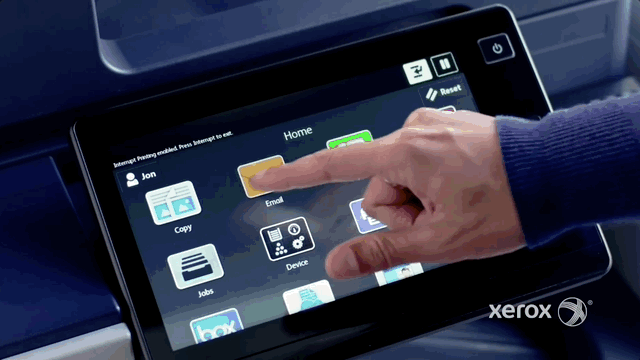
The Impact
We successfully delivered the intuitive, tablet-like experience we set out to build. The redesigned ConnectKey UI was a massive commercial and critical success, receiving widespread acclaim and multiple industry awards for its usability and innovative design. It removed the operational friction and unleashed the design team’s ability to execute on the original vision. The award-winning end result was the direct result of the new operational efficiency we created:
- Reduced Rework by at least 25%: The documentation system saved thousands of developer hours and dramatically accelerated the timeline.
- Cut Testing Cycles from Months to Weeks: Rapid prototyping allowed for more iteration, leading to a higher-quality product shipped faster.
- Improved Developer Velocity: The clear, systematic approach gave the offshore team the predictability they needed to perform at their best.
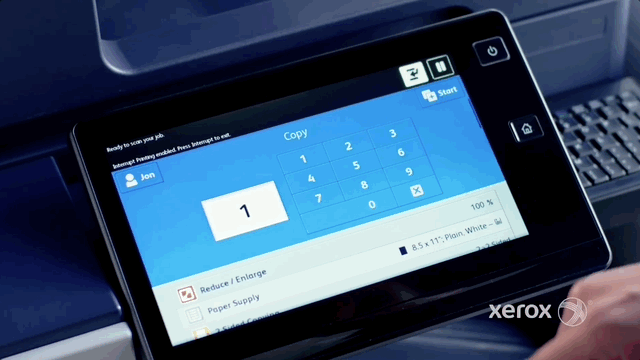
Lessons Learned
This experience at Xerox helped clarify my philosophy: exceptional outcomes come from intentional systems. It was an early inflection point in my career where I realized my background as a developer in high-velocity projects gave me an advantage when it came to getting results in challenging environments.
This project also helped me refine my approach and deepen my toolkit. I was able to use rapid prototyping as a gas pedal to accelerate the development process, expedite informed stakeholder alignment and focus our direction. My ability to quickly build and drive communication and collaboration provided clarity and focus for developers, targetted high-velocity testing cycles, and collaborative stakeholders armed with with tangible proof of progress and user-acceptance. Turning my technical expertise to strategic problems helped me develop the playbook I still use to drive results in challenging turnaround scenarios.
/images/case-studies/xerox/xrxCustom.gif does not existIndustry Recognition and Awards
Awards from Buyer’s Lab, McAffee, iF Design, CRN, and others:
- BLI 2018 Monochrome Printer & MFP Line of the Year Award
- 2020 Buyers Lab Pick Award for the innovative App Gallery ecosystem
- 2021-2022 PaceSetter Award for leadership in hybrid workplace solutions
